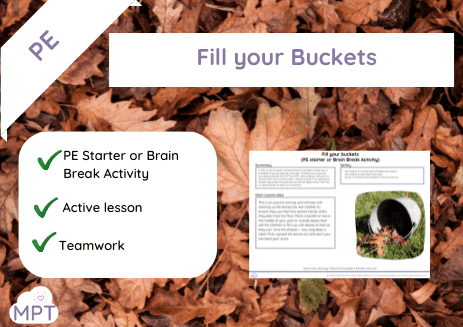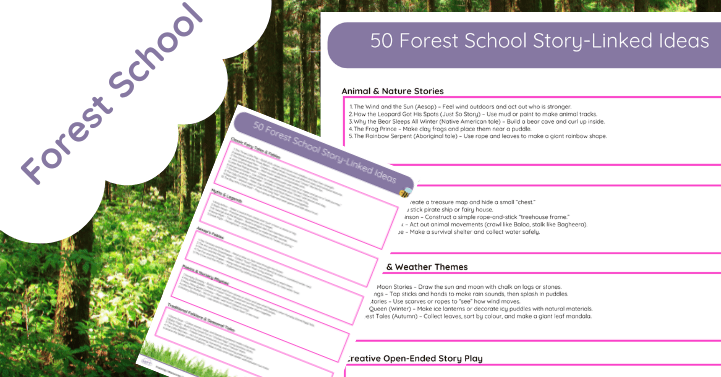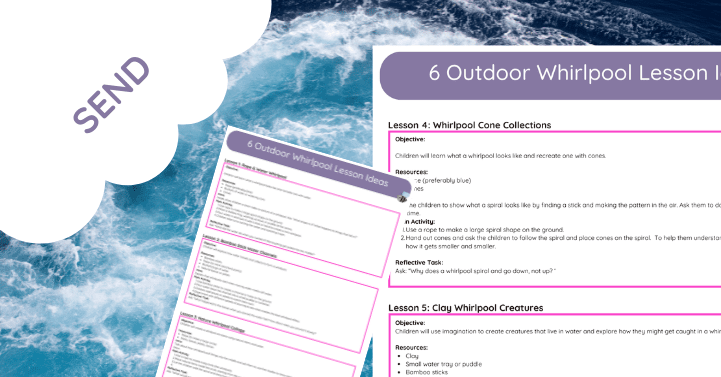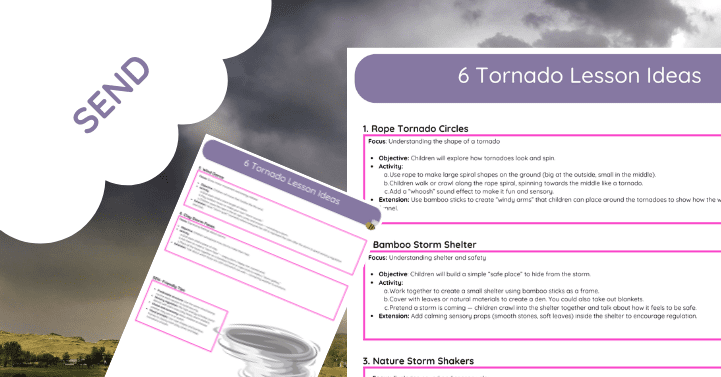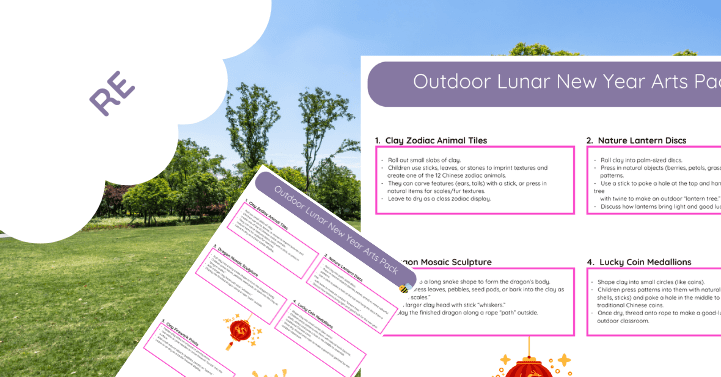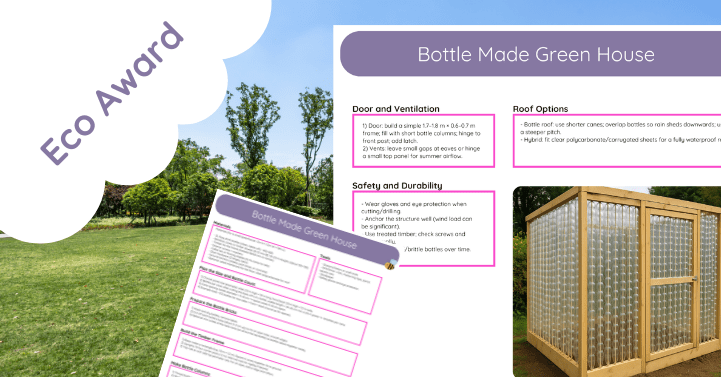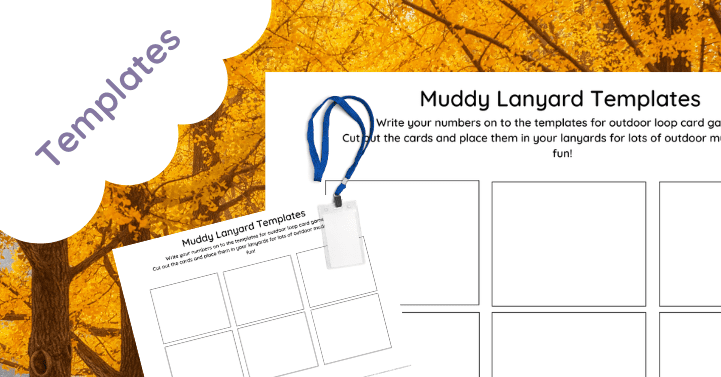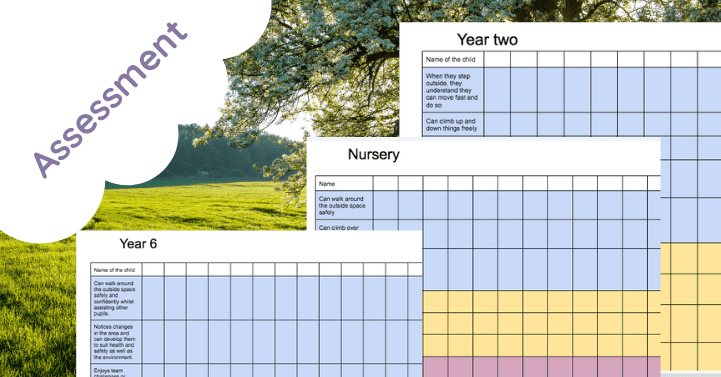Outdoor Brain Breaks: Boosting Learning and Well-being
Brain breaks are short mental breaks taken during regular intervals to help children refocus, reenergize, and retain information better. Integrating outdoor brain breaks into the school day not only refreshes students but also promotes physical activity and a connection with nature. In this blog post, we’ll explore the benefits of outdoor brain breaks and provide practical ideas for implementing them, alongside useful resources for further exploration.
Benefits of Outdoor Brain Breaks
Enhanced Focus and Concentration
Outdoor brain breaks help to clear the mind, reducing mental fatigue and improving focus when students return to their tasks.
- Boosts Attention: Regular breaks improve students’ ability to concentrate on their work. Read more about the benefits of brain breaks.
- Reduces Fatigue: Outdoor activities help rejuvenate the brain, making it easier to focus. Learn about the effects of nature on focus.
Physical Health Benefits
Incorporating movement into breaks helps meet children’s physical activity needs, contributing to overall health.
- Encourages Physical Activity: Outdoor breaks provide opportunities for exercise, which is essential for physical health. Discover the benefits of physical activity.
- Promotes Fitness: Activities like running, jumping, and playing help improve fitness levels. Learn about physical fitness for kids.
Mental Health Benefits
Being in nature and engaging in physical activities can significantly reduce stress and improve mood.
- Reduces Stress and Anxiety: Time spent outdoors has a calming effect, reducing stress levels. Explore the mental health benefits of nature.
- Improves Mood: Outdoor activities increase endorphin levels, improving overall mood and mental health. Read about mood improvement through exercise.
Social and Emotional Development
Outdoor brain breaks provide opportunities for social interaction and teamwork, which are crucial for social and emotional development.
- Enhances Social Skills: Group activities during breaks foster communication and teamwork. Learn about social skill development.
- Builds Emotional Resilience: Overcoming challenges in outdoor activities helps build resilience and adaptability. Discover resilience-building activities.
Practical Ideas for Outdoor Brain Breaks
1. Nature Scavenger Hunt
Organize a scavenger hunt where children search for specific natural items like leaves, rocks, or flowers.
- Activity Details: Provide a list of items to find and let children explore. Learn more about scavenger hunts.
2. Outdoor Yoga
Guide children through simple yoga poses that can be done outside to stretch and relax.
- Activity Details: Use a yoga mat or grassy area and demonstrate poses like tree pose or downward dog. Explore outdoor yoga for kids.
3. Nature Art
Encourage children to create art using natural materials such as leaves, twigs, and stones.
- Activity Details: Collect materials and create collages or sculptures. Discover nature art ideas.
4. Jump Rope Challenges
Provide jump ropes and set up various challenges, such as counting jumps or jumping in patterns.
- Activity Details: Organize individual or group jump rope sessions. Learn about jump rope activities.
5. Story Time in Nature
Read a story to children while they sit on blankets or logs, enjoying the fresh air.
- Activity Details: Choose nature-themed stories or fairy tales. Explore outdoor story time tips.
6. Obstacle Course
Set up an obstacle course using natural elements like logs, rocks, and trees.
- Activity Details: Guide children through the course, encouraging them to navigate different obstacles. Learn how to create an obstacle course.
7. Sensory Walk
Take children on a walk where they focus on using their senses to observe their surroundings.
- Activity Details: Encourage children to note what they see, hear, smell, and feel. Discover sensory walk activities.
8. Dance Party
Play music and let children dance freely in an outdoor space.
- Activity Details: Use portable speakers and a playlist of fun songs. Explore benefits of dance for kids.
9. Outdoor Games
Organize traditional playground games like tag, hide and seek, or hopscotch.
- Activity Details: Set clear boundaries and explain the rules before starting. Learn about outdoor games.
10. Gardening
Engage children in simple gardening activities like planting seeds or watering plants.
- Activity Details: Provide small tools and a patch of garden or pots. Learn about gardening with kids.
Internal Links for More Ideas
- EYFS Outdoor Learning Resources
- KS1 Outdoor Learning Resources
- KS2 Outdoor Learning Resources
- CPD Teacher Training
- Contact Us
Additional Resources
For further inspiration and detailed guides, explore the following links:
- Forest School Association
- Learning Through Landscapes
- Outdoor Classroom Day
- Children & Nature Network
- National Wildlife Federation
- Project Learning Tree
- The Nature Conservancy
- Green Schoolyards America
- Nature Play SA
- Earth Force
- Eco-Schools
- Global Outdoor Learning Initiative
- NatureBridge
- Natural Start Alliance
- Wildlife Trusts
Conclusion
Outdoor brain breaks provide a powerful tool for enhancing learning and well-being. By incorporating physical activity and nature into the school day, students can improve their focus, reduce stress, and develop essential social skills. The practical ideas provided here offer a variety of ways to integrate outdoor brain breaks into the curriculum. For more resources and ideas, visit The Muddy Puddle Teacher’s website and join our community dedicated to making outdoor learning engaging and impactful.


